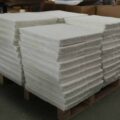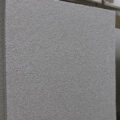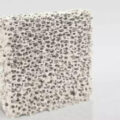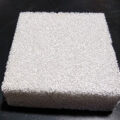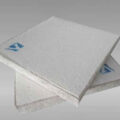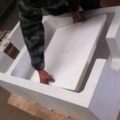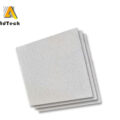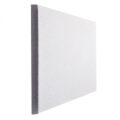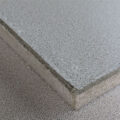Alu Ceramic Foam Filter can effectively remove large impurities in molten aluminum and adsorb micron-level fine particles of impurities, thereby improving surface quality, improving product performance, improving microstructure and increasing output.
Ceramic Foam Filter is widely used in the production of aluminum profile, aluminum foil and aluminum alloy.
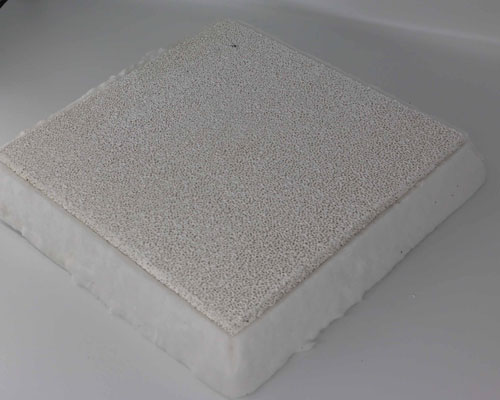
In aluminum melting, the quality of Alu Ceramic Foam Filter is very important, which greatly affects the subsequent processing performance and the quality of the final product.
Therefore, all countries in the world attach great importance to the purification of aluminum melt. There are many reasons for aluminum contamination.
On the one hand, during the smelting process, aluminum is exposed to the atmosphere in the furnace in a molten or semi-molten state, which is easily oxidized and easily reacts with water vapor. Hydrogen is easy to form various forms of non-metallic slag, as well as coarse intermetallic particles.
On the other hand, part of the waste in the composition charge contains some non-aluminum impurities during the recycling process.
Since the waste comes from process waste, waste from various processes in the factory, and waste outside the factory, the route is different, the composition is complicated, and the quality is poor.
These impurities are easy to cause bubbles and inclusions in the slab, which seriously affects the purity of the molten metal, which further affects the processing performance, mechanical properties, corrosion resistance and appearance quality of the product.
Therefore, Alu Ceramic Foam Filter plays a key role in the recycling of aluminum scrap.
Preparation of scrap aluminum
First of all, the primary classification of scrap aluminum is carried out and stacked in grades, such as pure aluminum, wrought aluminum alloy, cast aluminum alloy, and mixed materials.
For waste aluminum products, it should be disassembled to remove the steel and other non-ferrous metal parts connected to the aluminum material, and then wash, crush, magnetic separation, drying and other processes to make waste aluminum.
The liquefaction and separation of scrap aluminum is the development direction of recycling aluminum metal in the future.


